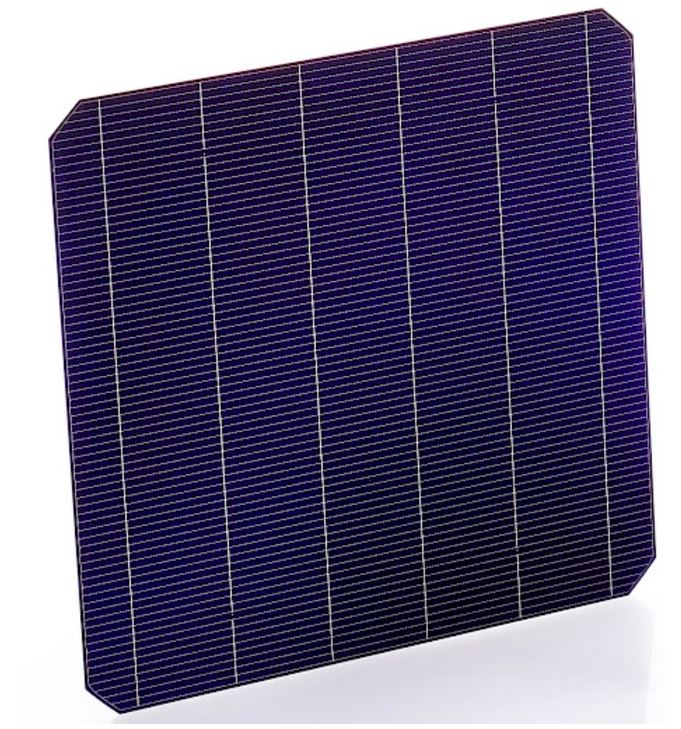From pv magazine France
Researchers at France's National Solar Energy Institute (INES) – a division of the French Alternative Energies and Atomic Energy Commission (CEA) – claim to have reduced the amount of silver deposited during the metallization of heterojunction solar cells.
The International Technology Roadmap for Photovoltaics (ITRPV) report by German engineering association VDMA evaluates the amount of silver currently deposited on heterojunction cells at 165 mg for the M6 format (166 mm × 166 mm) and at 147 mg for the M2 format (156.75 mm × 156.75 mm). It also indicates an efficiency of 24.5% for these cells in 2022, which represents power capacity of 5.98 W per M2 format cell, and a ratio of the amount of silver consumed per watt of 24.58 mg of silver per W.
The CEA metallization experts said they demonstrated the possibility of reducing the width of the metallization lines by using screen printing and screens with finer openings than the standard while ensuring the transfer of the silver paste and the low line resistance.
Popular content

Image : CEA
The built M2 format heterojunction cells with six busbars with material consumption lower than the values estimated in the ITRPV 2022 international roadmap while maintaining good power conversion efficiency levels, with a power loss of only 0.8% compared with reference cells built with the usual amount of sillver.
The ratio of silver consumed per W reached 19.2 mg of silver per W, which compares to 24.58 mg of silver per W, the value set by the ITRPV 2022 for the material consumption expected by the international community by 2026 for this technology. According to CEA-INES, however, the new achievement may only be integrated into commercial production after 2028.
The CEA also seeks to replace silver with other conductors while ensuring their compatibility with the assembly of reliable and durable photovoltaic modules.
This content is protected by copyright and may not be reused. If you want to cooperate with us and would like to reuse some of our content, please contact: editors@pv-magazine.com.



5 comments
By submitting this form you agree to pv magazine using your data for the purposes of publishing your comment.
Your personal data will only be disclosed or otherwise transmitted to third parties for the purposes of spam filtering or if this is necessary for technical maintenance of the website. Any other transfer to third parties will not take place unless this is justified on the basis of applicable data protection regulations or if pv magazine is legally obliged to do so.
You may revoke this consent at any time with effect for the future, in which case your personal data will be deleted immediately. Otherwise, your data will be deleted if pv magazine has processed your request or the purpose of data storage is fulfilled.
Further information on data privacy can be found in our Data Protection Policy.